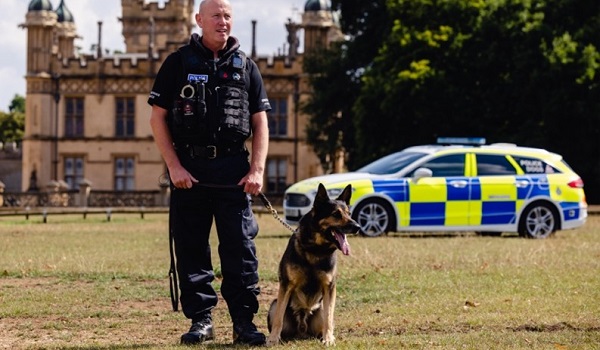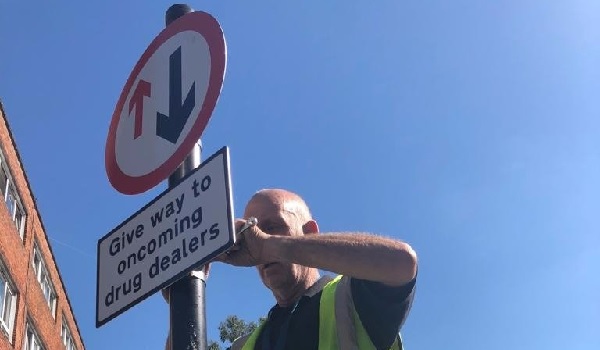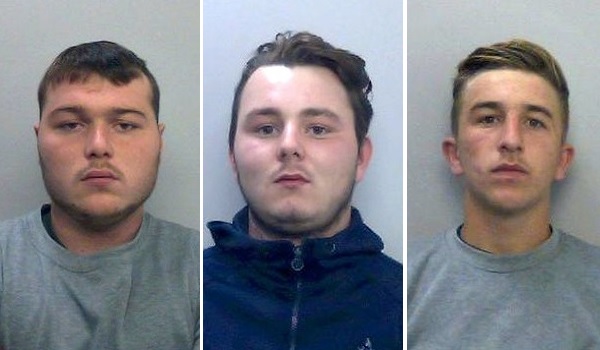‘Significant operational and investigative failures’ by police over four deaths
Police made “significant operational and investigative failures” over the deaths of four people during 1969 disorder in Belfast, the Ombudsman has found.
The first child to die in Northern Ireland’s Troubles, Patrick Rooney, nine, along with Hugh McCabe, 20, Samuel McLarnon, 27, and Michael Lynch, 28, were shot during disturbances in the Divis and Ardoyne areas.
The deaths happened across August 14-15 at a chaotic time at the start of 40 years of conflict.
A new report by Police Ombudsman Marie Anderson has found that, even allowing for the tumultuous circumstances of the time, the then police force, the Royal Ulster Constabulary (RUC), failed to effectively investigate any of the deaths.
None of the officers linked with any of the deaths are set to face trial due to a lack of evidence.
Following an investigation into the deaths, the Ombudsman’s report found that the use of vehicle-mounted machine guns in an area of high-rise housing such as Divis was “fundamentally flawed”.
Mrs Anderson criticised the manner in which police marksmen fired over 20 shots from the roof of a local police station towards the Divis Flats.
She also raised concerns that the method used by the RUC to allocate some of the guns involved in the Ardoyne deaths prevented them being linked to individual officers.
Ombudsman investigators viewed closed material held at the Public Records Office of Northern Ireland (PRONI), identified number of new witnesses and conducted fresh forensic examinations of bullets and bullet fragments recovered at the time.
Deputy Chief Constable Mark Hamilton of the current police service, the Police Service of Northern Ireland, said they are considering the findings. “Our thoughts today are first and foremost with the families of Patrick Rooney, Hugh McCabe, Samuel McLarnon and Michael Lynch,” he said.
“We respect and acknowledge the hurt and suffering of each of the bereaved families, and we offer our sincerest and heartfelt sympathies to them for the loss they endured.”
Patrick Rooney was shot in the head while sheltering with his family in a bedroom of their ground floor maisonette in the Divis complex.
Fresh forensic examinations of a bullet fragment and ballistic material recovered from the Rooney home confirmed that the fatal bullet had been fired from a Browning machine gun mounted on an RUC Shorland vehicle.
However investigators were unable to determine which vehicle had fired the shot.
“The evidence also indicates that the officers who crewed the Shorlands were insufficiently trained in the use of the Browning machine guns, and that there was a lack of clear instruction as to how the weapons could be used to control public order without risking the lives of innocent bystanders,” she said.
Mr McCabe was a soldier who had been at home in Divis on leave when he was fatally wounded.
Mrs Anderson concluded he was most likely to have been shot by one of two police marksmen positioned on the roof of Hastings Street Police Station.
She said there was “clear evidence that police were attacked with petrol bombs and other missiles being thrown from the building”.
One of those marksmen is now deceased while the other has been certified as medically unfit to be interviewed.
The Ombudsman probe suggests the deceased man was was more likely to have fired the fatal shot.
Mrs Anderson concluded the decision to fire at targets in the Whitehall Block was “disproportionate and unsafe”.
In Ardoyne, Mr McLarnon was killed by a single gunshot wound to the head while he stood by a window at his house on Herbert Street.
Forensic inquiries found that a bullet recovered during Mr McLarnon’s post-mortem was consistent with those fired by a 9mm Sterling submachine gun of the type used by RUC officers.
Police Ombudsman investigators established that a total of seven officers had discharged shots in the Ardoyne area on the night.
However, as their weapons had been allocated to police vehicles rather than to individual officers, the identity of the officer who fired the fatal shot could not be conclusively established.
“Ballistic tests ought to have been pursued and officers should have been interviewed in respect of the discharges, as a minimum investigative response,” Mrs Anderson said.
She concluded that the police officer most likely to have fired the fatal shot is now deceased.
The Ombudsman said she was satisfied that there was evidence of gunfire having been directed at police officers in the area.
Mr Lynch was shot in the Butler Street area of Ardoyne and died in hospital.
A forensic analysis found that he had been shot by a police officer who discharged a Sterling submachine gun into Butler Street.
Only one police officer stated that he had fired shots into Butler Street.
He is now deceased.
Mrs Anderson said she was of the opinion “that there was no effective investigation into these deaths by the RUC”.
She said there had been limited inquiries, inadequate forensic examinations, and noted that there was no evidence that any police officer had been interviewed for potential criminal or misconduct offences.







